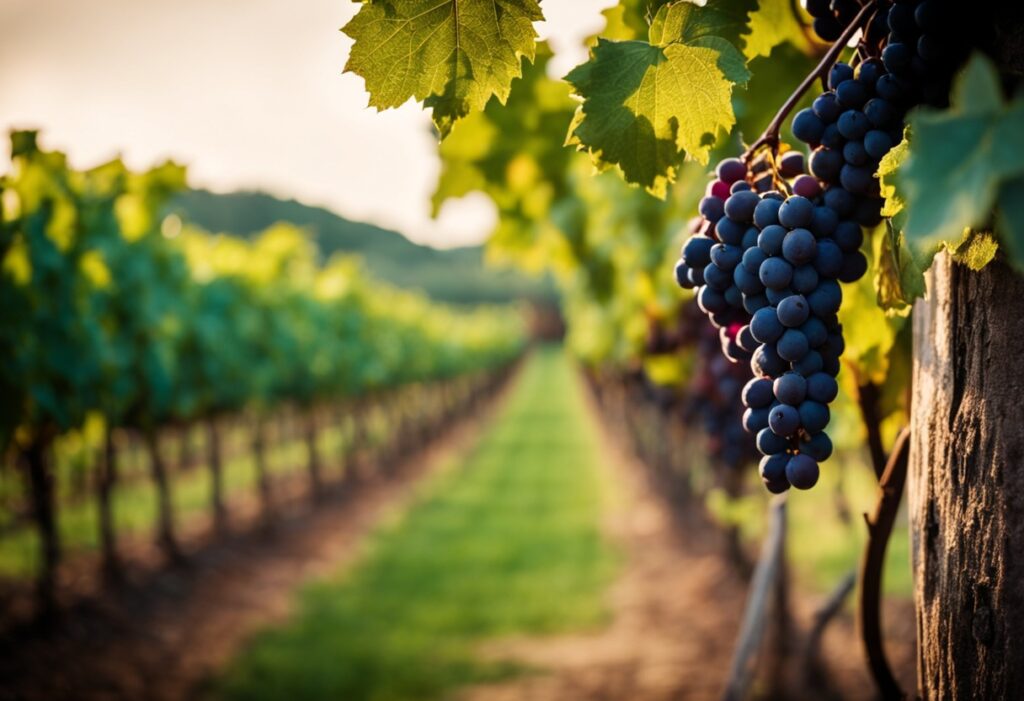
The French term ‘terroir’, often bandied about by winemakers, sommeliers and marketers, refers to the unique environmental factors that impart distinctive characteristics to wine.
Terroir encompasses a myriad of factors including the soil, climate, topography and even the local flora and fauna, all of which interact with the grapevines. It is this intricate blend of natural elements that is believed to shape the flavour, aroma and texture of the wine produced. In essence, terroir is about the sense of place that a particular wine embodies, making it distinct from wines produced elsewhere.
Despite the romantic allure of terroir, its scientific basis is sometimes questioned. Critics argue that the concept is too nebulous, encompassing too many variables to be reliably measured or replicated. There’s also the complex interplay of winemaking techniques and human intervention that might change the influence of terroir.
The best reference I have found that documents the controversy surrounding terroir is Jamie Goode’s Wine Science: The Application of Science in Winemaking. Jamie looks into the complexities and scientific scrutiny of terroir, examining both its merits and the reasons for scepticism.
A new study titled How distinctive are Gewürztraminer vineyard terroirs in South Tyrol for wine production? A metabolomics-based approach provides compelling evidence supporting the concept of terroir. This research employed advanced analytical techniques to investigate the influence of terroir on Gewürztraminer wines in South Tyrol, Italy.
The study examined wines from seven Gewürztraminer vineyards, focusing on soil characteristics and their correlation with the wines’ sensory and chemical profiles. The vineyards were divided into two main groups based on soil types: clay silicate soils (Group A) and dolomitic soils (Group B). The key findings were:
Wines from Group A soils had lower levels of aromatic compounds such as linalool but higher levels of phenolic compounds like gallocatechin compared to wines from Group B soils. This suggests that even within a small region, variations in soil composition can significantly influence the wine’s chemical and sensory properties. Wines from Group B demonstrated higher antioxidant capacity, correlating with the presence of certain soil minerals and overall wine quality. Sensory analysis revealed distinct flavour profiles between the groups, further supporting the influence of terroir. Group A wines were noted for characteristics such as green apple and grass, whereas Group B wines exhibited more floral and citrus notes.
The study’s findings reinforce my belief that terroir is not just a marketing term but a genuine factor influencing wine characteristics. However, I also think that some winemakers, whether intentionally or not, for better or worse, engage in practices that mask or override the effects of terroir. That is, not all wines exhibit their terroir.













